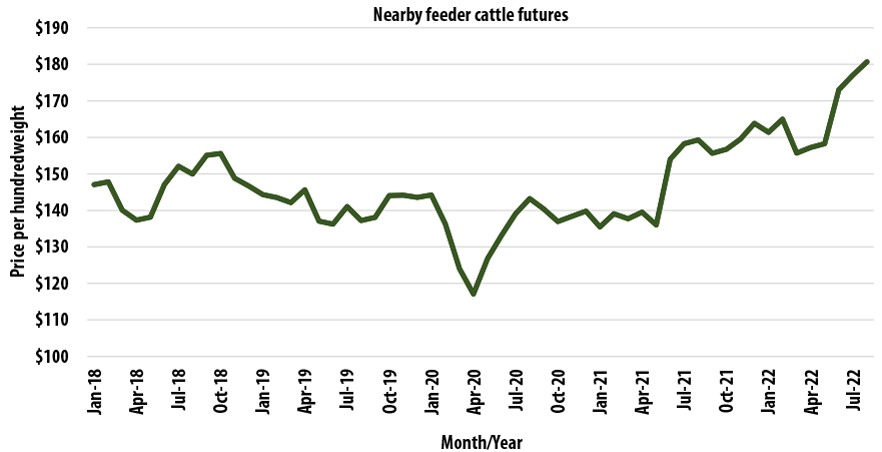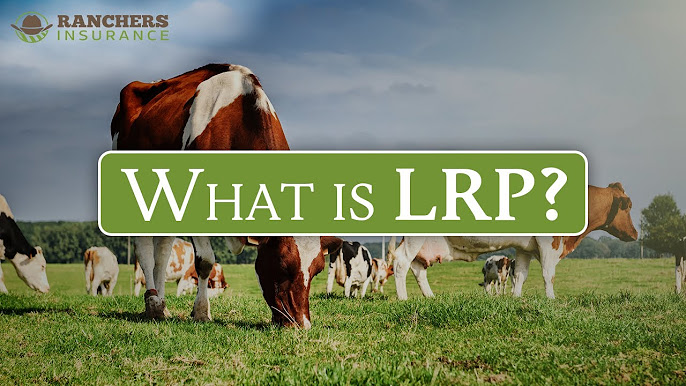Bagley Risk Management : Protecting Your Business Future
Bagley Risk Management : Protecting Your Business Future
Blog Article
Secret Aspects to Take Into Consideration When Finding Livestock Danger Security (LRP) Insurance Policy
When evaluating alternatives for Livestock Danger Protection (LRP) insurance policy, several crucial aspects warrant cautious factor to consider to guarantee reliable risk administration in the farming industry. Picking the best insurance coverage options tailored to your certain livestock operation is vital, as is understanding exactly how exceptional costs associate with the degree of protection provided.
Protection Options
When considering Animals Risk Defense (LRP) insurance, it is essential to comprehend the numerous protection options readily available to alleviate dangers in the farming industry. Livestock Threat Security (LRP) insurance coverage offers various insurance coverage alternatives tailored to meet the varied demands of livestock producers.
Another crucial insurance coverage option is the recommendation duration, which determines the size of time the protection is in effect. Producers can pick the recommendation period that finest matches their production cycle and market conditions. Furthermore, coverage levels and rates differ based upon the sort of livestock being insured, providing manufacturers the adaptability to customize their insurance plans according to their particular needs.
Recognizing the different insurance coverage choices offered under Animals Risk Defense (LRP) insurance coverage is important for manufacturers to make informed choices that effectively protect their animals operations from market unpredictabilities.
Premium Expenses

Animals Threat Protection (LRP) insurance coverage supplies vital coverage alternatives tailored to alleviate risks in the agricultural market, with a significant aspect to take into consideration being the computation and framework of premium costs. When determining premium prices for LRP insurance coverage, a number of aspects come into play. These consist of the type and number of animals being insured, the protection level picked, the existing market rates, historic price information, and the size of the coverage period. Insurance firms might also consider the area of the ranch, as geographical aspects can affect the general threat account.
Insurance providers assess historic data on livestock rates and production costs to figure out an appropriate premium that shows the degree of risk included. It is crucial for animals producers to thoroughly examine premium prices and coverage options to ensure they are effectively protected against potential financial losses due to unfavorable market problems or unanticipated occasions.
Qualified Animals
The resolution of qualified livestock for Livestock Threat Protection (LRP) insurance coverage entails mindful consideration of particular criteria and features. Animals types that are commonly qualified for LRP insurance coverage include feeder livestock, fed cattle, swine, and lambs.
Feeder livestock, for instance, are generally eligible for LRP insurance coverage if they drop within specified weight arrays. Fed cattle might likewise be qualified, but they have to satisfy certain weight and top quality grade demands. Swine eligible for insurance coverage normally include market weight animals intended for massacre. Lambs are another group of livestock that can be taken into consideration for LRP insurance coverage, with factors such as weight and age playing click this site a crucial function in identifying their qualification.
Before picking LRP insurance for livestock, producers need to carefully examine the qualification criteria described by the insurance policy company to ensure their animals satisfy the needed needs for coverage.
Policy Versatility
Plan flexibility in Animals Threat Defense (LRP) insurance allows producers to tailor protection to fit their certain demands browse around these guys and risk management techniques. This versatility equips livestock producers to personalize their insurance coverage policies based on aspects such as the sort of animals they have, market problems, and private danger tolerance levels. One essential facet of plan adaptability in LRP insurance policy is the capacity to pick insurance coverage degrees that line up with the producer's financial goals and risk exposure. Manufacturers can pick protection levels that safeguard them against possible losses as a result of changes in livestock prices, guaranteeing they are sufficiently insured without paying too much for unneeded protection. Additionally, Going Here LRP insurance supplies adaptability in policy duration, permitting manufacturers to select insurance coverage durations that finest fit their production cycles and advertising and marketing timelines. By using adjustable options, LRP insurance policy allows producers to successfully manage their risk direct exposure while protecting their animals operations versus unexpected market volatility.
Claims Process
Upon experiencing a loss or damages, producers can start the cases process for their Livestock Danger Defense (LRP) insurance by quickly calling their insurance coverage provider. It is important for manufacturers to report the loss immediately to speed up the insurance claims procedure. When connecting to the insurance policy provider, manufacturers will certainly require to provide detailed info regarding the occurrence, consisting of the day, nature of the loss, and any kind of relevant documentation such as veterinary records or market value.

After the analysis is complete, the insurance policy supplier will decide regarding the insurance claim and connect the outcome to the producer. If the case is approved, the producer will certainly get settlement according to the terms of their Livestock Danger Defense (LRP) insurance coverage. Bagley Risk Management. It is essential for producers to be aware of the cases procedure to ensure a smooth experience in case of a loss

Final Thought
Finally, when choosing Livestock Danger Security (LRP) insurance coverage, it is vital to think about protection options, premium expenses, eligible livestock, policy adaptability, and the cases procedure. These essential elements will aid make certain that farmers and herdsmans are sufficiently shielded against possible dangers and losses connected with their livestock procedures. Making a notified decision based upon these factors to consider can eventually lead to far better financial security and assurance for livestock manufacturers.
Animals Risk Defense (LRP) insurance coverage offers various protection options customized to meet the varied requirements of animals producers.The decision of qualified livestock for Livestock Danger Defense (LRP) insurance protection involves careful factor to consider of certain criteria and characteristics.Plan flexibility in Livestock Risk Security (LRP) insurance enables producers to customize coverage to fit their specific requirements and take the chance of administration approaches.Upon experiencing a loss or damage, manufacturers can initiate the insurance claims process for their Animals Threat Protection (LRP) insurance policy by promptly contacting their insurance policy company.In verdict, when selecting Livestock Threat Defense (LRP) insurance, it is essential to think about insurance coverage options, premium expenses, qualified animals, plan flexibility, and the insurance claims procedure.
Report this page